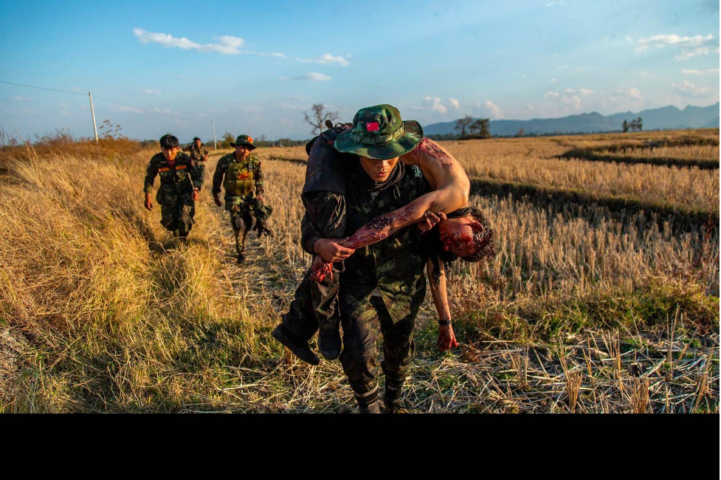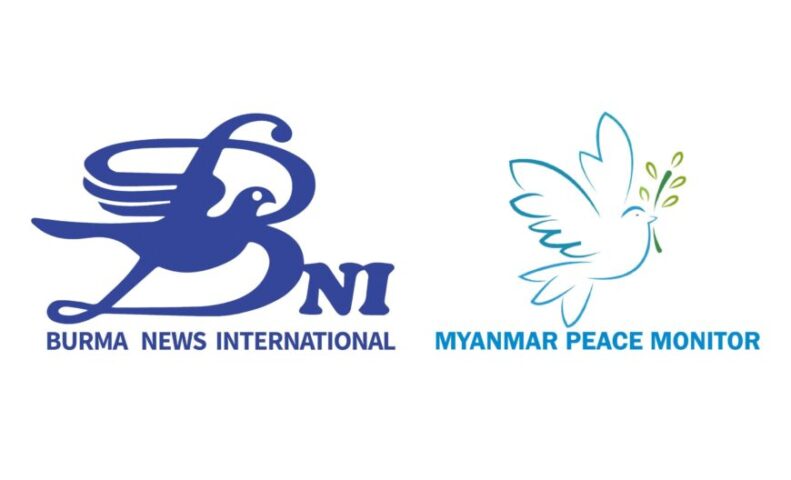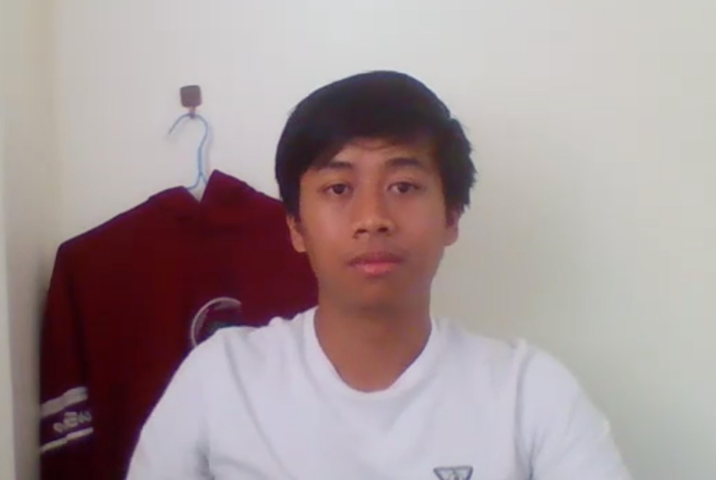An interview with Mauk Kham Wah, winner of World Press Photo Award for his photo of the Karenni frontline
Photographer Mauk Kham Wah has been photographing on the frontlines in Loikaw, Demoso, Hpruso, Pekon and Moebye since September 2021. He won the 2023 World Press Photo Contest with his photo taken on the frontlines in Karenni State. He also won an award at the Yangon Photo Festival (YPF) 2017.
In an interview with Kantarawaddy Times, Mauk Kham Wah explained why he went to the battlefields to take photos, talked about his recent award-winning photo, and his beliefs about the revolution.
Q: First, please tell me your name and the roles you’re playing.
A: My name is Mauk Kham Wah. I work mainly as a photographer. I’ve also worked as an activist. During the revolution, I became an activist again. But at the same time, I also focused on photography again. My hometown is Loikaw.
Q: Please tell us about your award-winning photo.
A: It’s the World Press Award in the single category for Southeast Asia and Oceania.

Photo: The award-winning photo at the World Press Photo Contest
Q: Why did you enter this photo contest?
A: I had no intention of entering this contest. I didn’t even know that the deadline for the contest was coming up. One of my senior fellow comrades told me about it. They told me to prepare for the contest. So I entered the contest because they reminded me. They helped me choose the photos I wanted to submit. I just showed them the photos I had. They helped me choose the best ones. We submitted about 20 photos. Of the 20 photos, the winning one was selected in the single category.
Q: Tell us how you came to take this award-winning photo.
A: I took this photo on 17 February 2022. At that time, there were a series of clashes in Demoso and Moebye. I was in Moebye on the day I took the photo. We tried to corner a column of the military council, closed in on them and shot them. They couldn’t escape. Then the junta troops fired artillery at the location where we were. One of the shells landed near our comrades and about 17 fell under the junta’s shelling. The photo was taken as we were retreating from there.
Q: Tell us about the comrades in the photo.
A: The one who fell in the battle is the one on the shoulder. He died on the way. He was from GZ 21, his friend was wounded and he was killed. They were together at that time. His friend wasn’t able to carry him on his shoulder because he was devastated. At that time, he was crying and was so devastated that he couldn’t do anything. He couldn’t carry his friend’s body. Then a comrade from PDF Moebye came running and helped us carry the body. That was it for the photo. Later, comrades from our PDF-Loikaw and Moebye took turns carrying the body until we reached the rear line. At first, some comrades talked about leaving the body behind because they couldn’t carry it any further. But we didn’t allow that. We were determined to carry it further. If possible, we even wanted to go back and take all 17 bodies left behind, but we ran out of time. Because of the constant shelling from the junta side, it wasn’t possible for us to carry them all back. But we were determined to carry that one body until we reached the rear line.
Q: Why did you take the risk of photographing at the front?
A: This is the history of our state (Karenni). These things are really happening in our state. We’re confronted with this and that. We have to tell the truth about what really happened. For that, we have many ways to tell these stories. I chose the way of telling through photography. And I feel a sense of responsibility to do so because this is our homeland. So I dedicated myself to capturing the scenes and events with my camera. I never became careless with my camera when taking photos. I was always hungry for photos, no matter how fierce the fights were. I tried harder when taking pictures. But this was the first time I was overwhelmed. We were in turmoil amidst the artillery fire. Some were killed, others were wounded. When I saw this scene, it was very difficult for me to press the shutter. I had never seen anything like it. I think it was one of the battles with the highest casualties for the KNDF. 17 comrades fell in one place, and there were others. In total, about 20 of our comrades fell in that battle. Since we aren’t professional soldiers, we were devastated when we saw these scenes. I was overwhelmed at first, but had to calm down later. Then I continued to take these photos.
Q: What do you think is the difference between the hand holding the gun and the hand holding the camera on the battlefield?
A: For me it’s the same, but I don’t know what other photographers think about it. I’ve to point my camera at our own side, but they have to point the guns at the enemies. That’s the difference. They have to pull the trigger and I’ve to press the shutter button. They have to focus and I’ve to do the same. We all have to be on the front lines and rest together when we get back to the rear lines. Whether we take rifles or cameras, it’s the same thing. But one thing is clear: We need more people picking up rifles. We don’t need as many photographers. That’s the only difference.
Q: Tell me about your most memorable event from the time you went to the front line to take pictures.
A: When we were in the blue building in Demoso, we stormed the police station. The military dogs (junta soldiers) responded with heavy weapons. When our comrades were hit on the front line, we had to retreat. There was nothing special to photograph, so I retreated to the blue building. There were many comrades in the blue building and medical teams were also passing by. So I got there and took pictures. The artillery shells were falling heavily at that time. Then there was a 60-mm shell, I guess. I’m not sure if it was 60 mm or 81 mm. It fell into the blue building complex. Less than a minute before it landed, a medical team passed by the site. This was at the same time I took the photo. Immediately after they passed, the shell fell about ten feet in front of me. I was standing on the concrete floor. The shell fell near me out of nowhere. But I wasn’t hit by the explosion. Many others were hit by shrapnel. As luck would have it, I wasn’t hit by shrapnel. That was a memorable incident for me. I was numb from the blast. I had to feel for myself if there was blood or if something had happened. When I knew that nothing had happened to me, I continued to take pictures. I took pictures of the ones that fell near me, and then we retreated. That was one of the most memorable incidents at the front.
Q: What is your personal belief about this revolution?
A: In the beginning, I had similar beliefs about the revolution as others. I had time-bound expectations. I thought this will have to finish within three, four years, etc. But I don’t think that way anymore. Right now, all the young men in Karenni are giving their best. We have given our lives and there is nothing greater than that. There is nothing greater than sacrificing our lives. This is all we can do. We’re doing our best to liberate our state, to make it better, and to prevent such tragedies from happening to new generations in the future. We can’t do this alone. The efforts of us young people aren’t enough. It needs the leadership of our elders and the cooperation of the people. These aren’t things we can control. The greater the participation of the people, the faster our revolution will be over. And the success of our revolution also depends on their leadership. These two things aren’t in our control. So we can’t expect too much. We just keep doing what we can, our best. We have done our best and we’re giving our all. We can’t take it for granted that it’ll be a success or not. Let it be, but we gave it our all and we keep trying our best.
Sent by Kantarawaddy Times.

